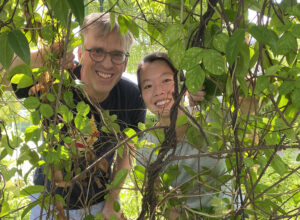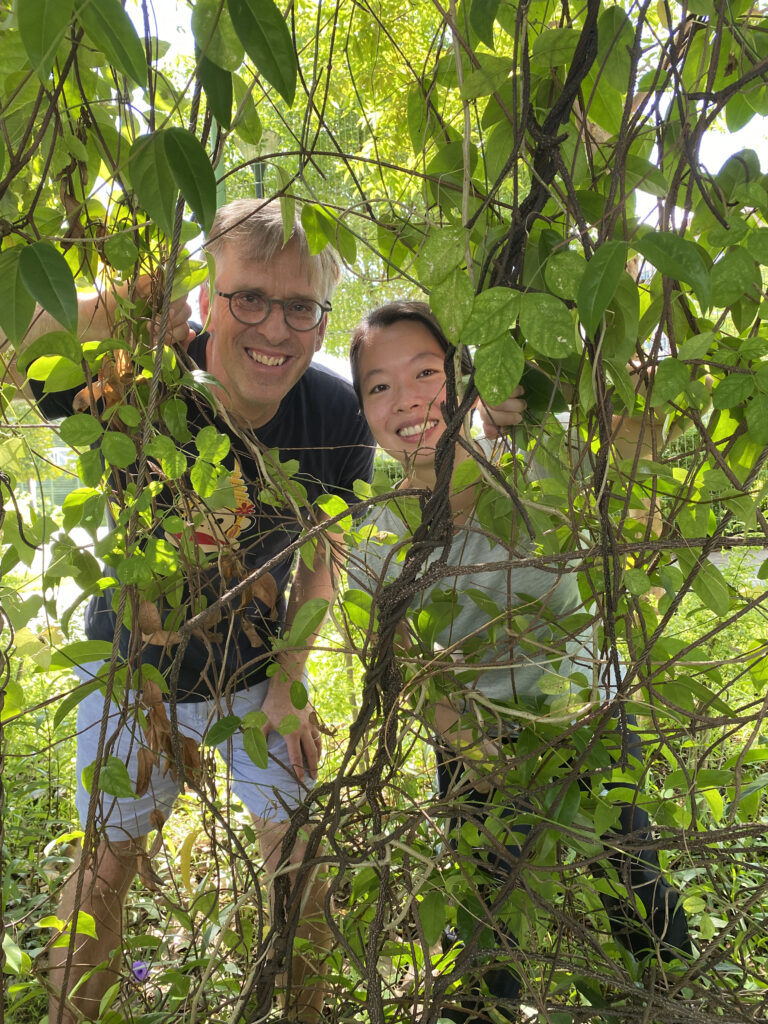
The Woman Building a Real-Life SimCity. (The Creativity Explorer Ep. 118)
One of the most common techniques for coming up with ideas is the “What if-question”.
I want to introduce you to a more powerful version of it: The “What if-then-question”.
I learned about the power of the “What-if-then-question” from Isabell Koh.
Isabell is a user experience expert at Singapore ETH Center and she works on the Cooling Singapore project. Cooling Singapore is a research project dedicated to developing solutions to address the urban heat challenge in Singapore. They do so by building advanced computer models that can simulate changes in the urban climate (temperature, wind, humidity, thermal comfort, etc.) based on imagined changes in Singapore.

When I asked her: “So you are basically building SimCity?” she replied, “Yes, but a more practical one than the computer game.”
Isabell is part of the team creating the “Digital Urban Climate Twin” which combines many of the simulation models that exist (climate models, building energy models, traffic models, etc). The project is still in development but the goal is to soon be able to run simulations to test different ideas on how to reduce the temperature in Singapore.
They will then be able to test a wide range of questions and hypotheses such as:
“What would happen if we removed all gasoline cars on the roads of Singapore and exchanged them with electric cars?”
“What if we painted all houses in Singapore with a heat-reflective paint?”
“What if all highways in Singapore were covered by a tunnel covered by trees?”
In the near future, questions like this could be fed into the model, and out would come a projection of what the result would be.
Not just WHAT IF we did X – but also an answer: THEN Y would most likely happen.
When developing a city there are so many different things to consider: economy, environment, bio-diversity, livability, etc. Making changes can be very expensive, complicated and time-consuming.
So to be able to test ideas via a model first is crucial.
Isabell explained that one way their system will be used is to test extreme scenarios to help broaden the thinking around what could be done to make Singapore a better city to live in. Changes that could never be tested in real life.
“What if we moved all the cars underground?”
“What if we removed all the trees in Singapore?”
“What if we removed all tall buildings in Singapore?”
Again, the model will spit out the answer and that can help trigger new insights around how to build a city.
With the dramatic developments in data processing capabilities that we have seen recently, it has suddenly become possible to build models where we can test all kinds of things. Models where we do not only have to say: “What if…?” to trigger our imagination, but we can also ask “What if…?” and THEN put that question into a model to find out what would most likely happen.
From a creativity and imagination point of view, that is like night and day versus just being able to ask the “What if-question”.
What kind of questions could you have answered if you had a model built?
What kind of ideas could you develop if you just did not ask the what-if-question, but also had the possibility to have a model to answer that question?
Fredrik Haren – The Creativity Explorer
P.S. You can read more about “Cooling Singapore” at: https://sec.ethz.ch/research/cs.html
14
Apr